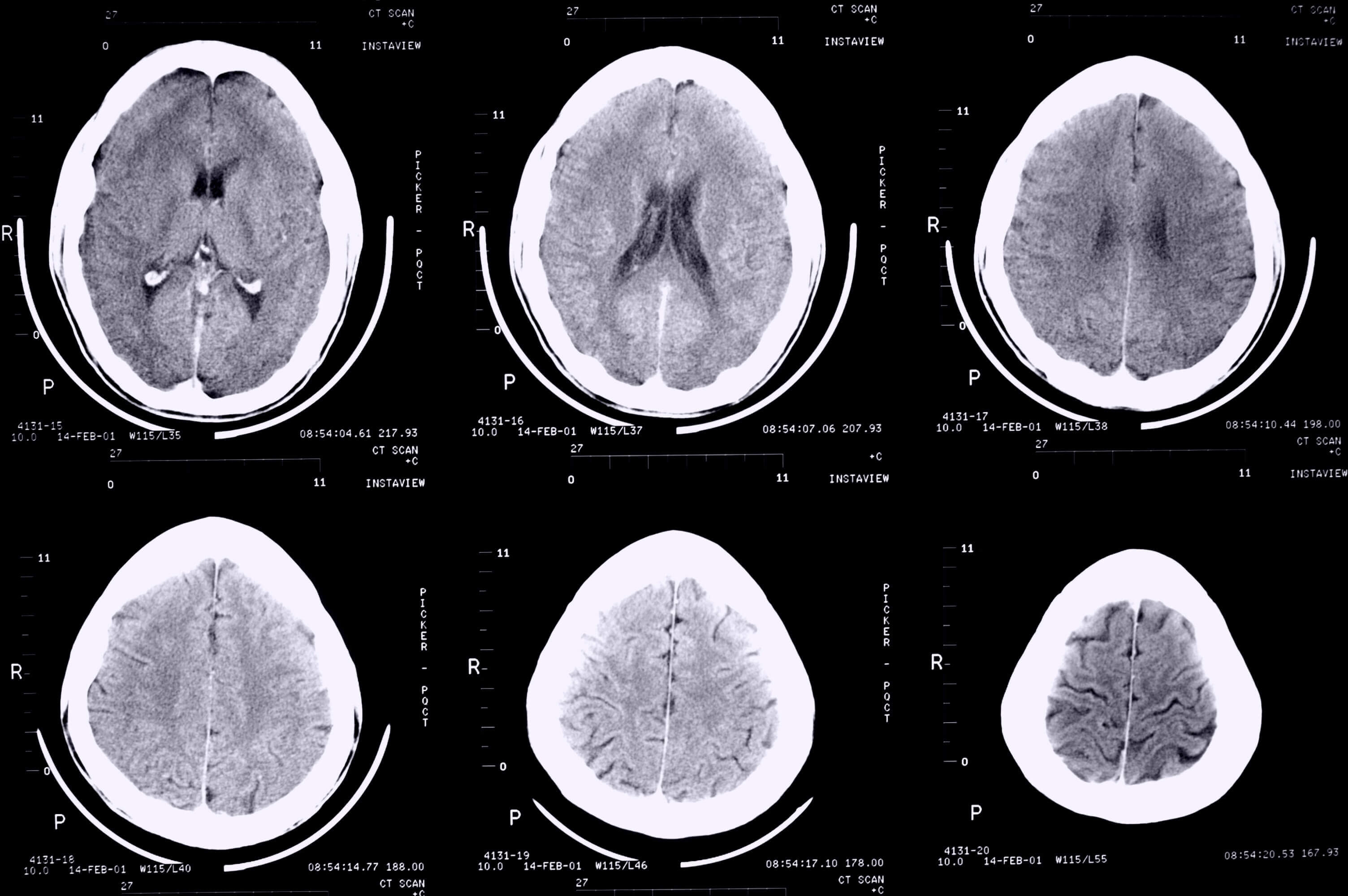Epilepsy Monitoring
Seizure Treatment in Newburgh
Through the use of video EEG, MSLC clinicians diagnose and develop treatment plans for those suffering from epilepsy. The patient is observed over a period of two-to-five days, after which, the epileptologists develop the most appropriate plan of care or modify the current treatment plan.
Creating a Personalized Treatment Plan

Careful review of the results allows the epileptologists to localize the seizure. They then work in partnership with the patient’s referring physician to develop the most appropriate plan of care or make necessary changes to a current treatment plan. Treatment may include anti-epileptic medications, changes in lifestyle, or surgery.
Patients who may benefit from the seizure-monitoring program are those with:
- seizures not being controlled by medication
- negative side effects to anti-epileptic drugs
- unclear diagnosis of seizure
- changes in mental state
- convulsive episodes
- episodes of nighttime behavioral change
- signs of impaired consciousness without explained cause
What is Epilepsy?
Epilepsy is a neurological disorder that affects more than 2 million Americans. It is characterized by seizures resulting from abnormal electrical activity of the brain. The disease varies in severity and age of onset. Common symptoms may include involuntary jerking movements, muscle tightening, a daydreaming appearance and even brief loss of consciousness or a period of deep sleep after a seizure.
For approximately 80 percent of those suffering from epilepsy, seizures may be successfully controlled with medication, surgery, Vagus nerve stimulation and other alternative treatments.

 Pay My Bill
Pay My Bill
 Contact Us
Contact Us
 Patient Portal
Patient Portal
 Donate
Donate